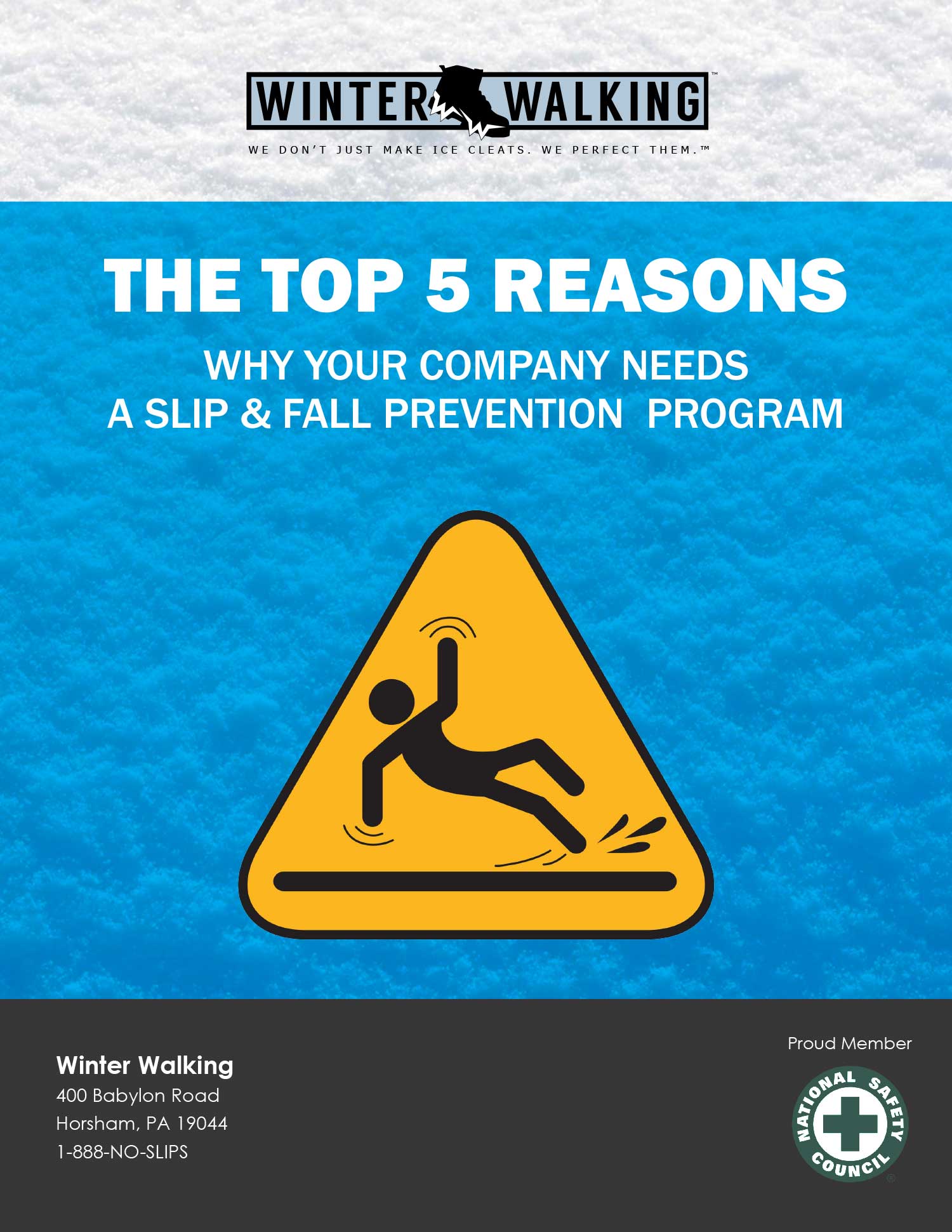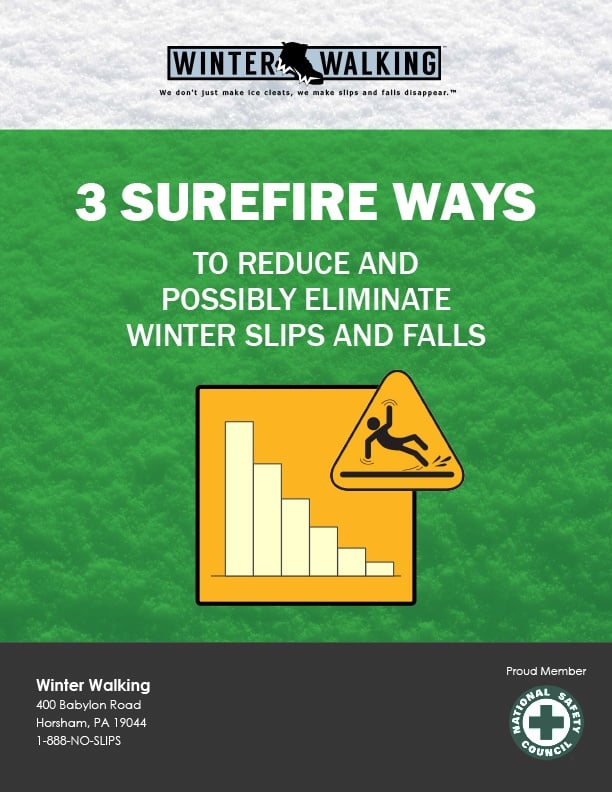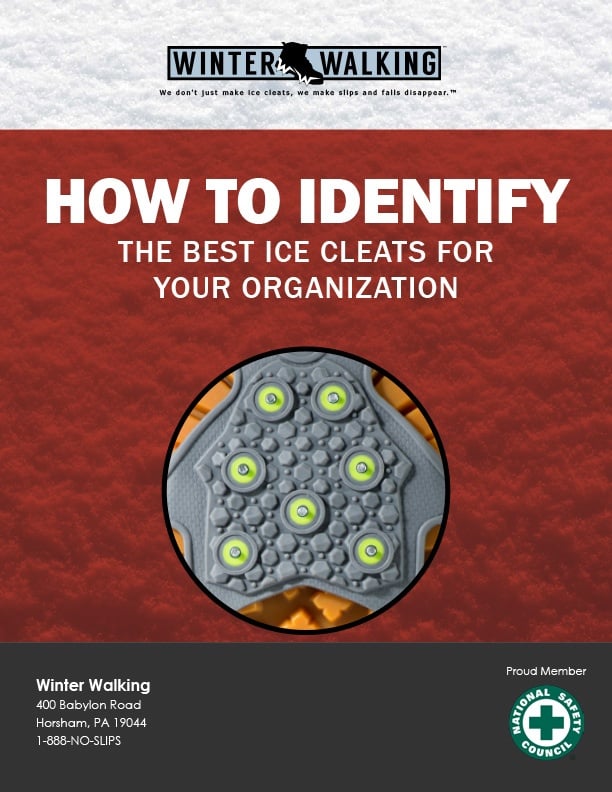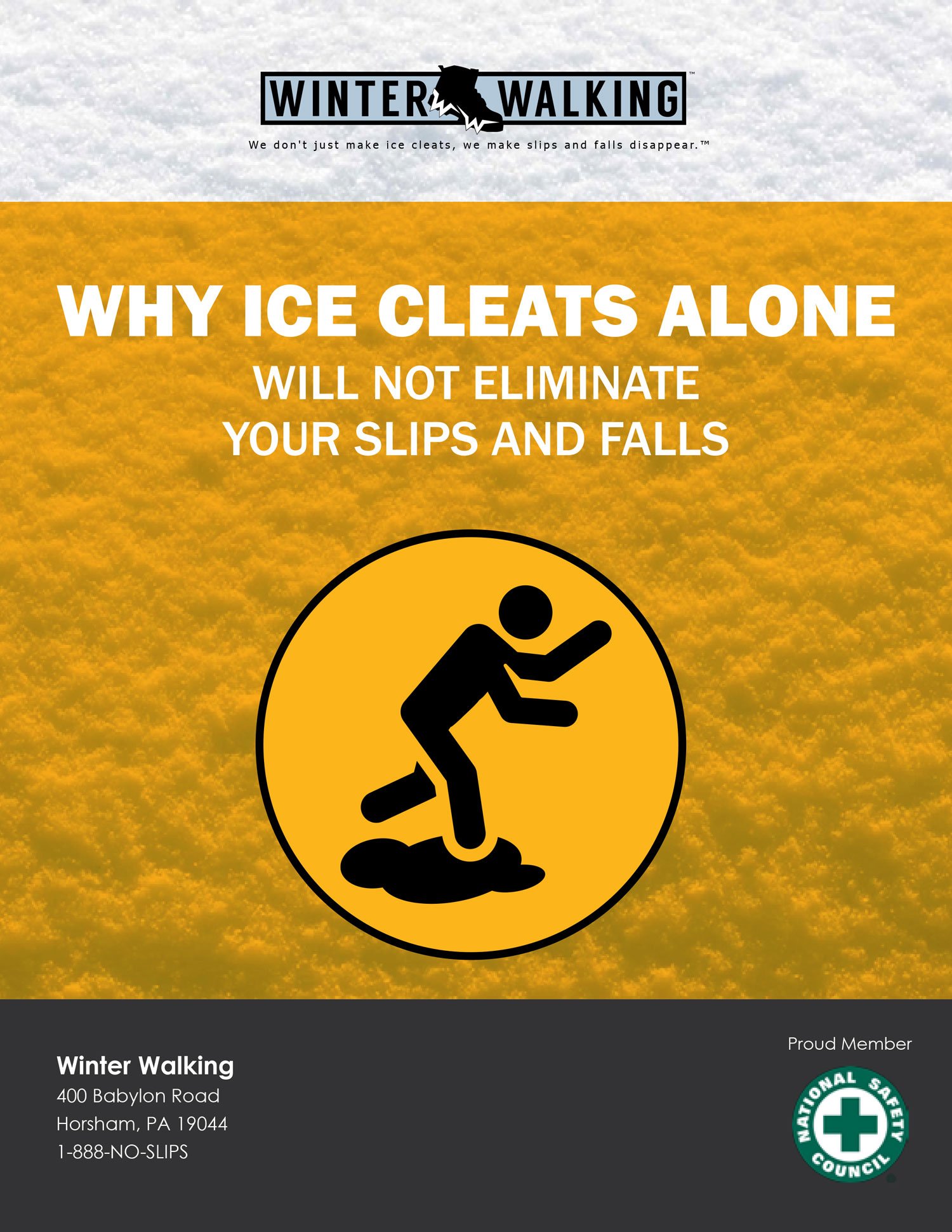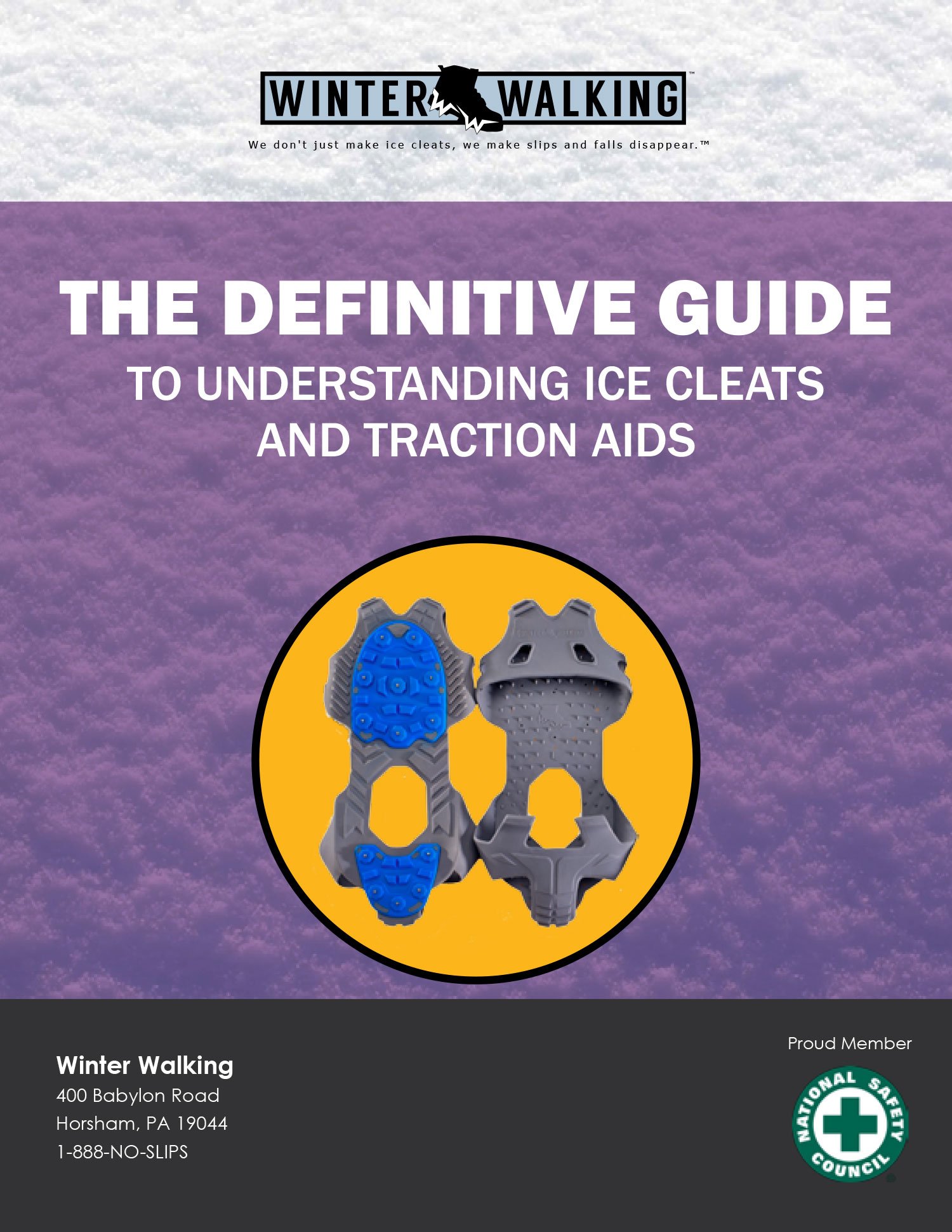Now, when the word "winter" is mentioned, safety professionals immediately feel a shift in the atmosphere. They know that their job has become even more challenging - finding the most effective and safest ways to protect their employees who work in icy and snowy conditions.
So let me ask you a few questions:
- Are you tired of endlessly searching online, attempting to determine which ice cleat or traction aid is the best option?
- Are you frustrated with purchasing a recommended traction aid, only to discover that your employees despise wearing them?
If any of this sounds familiar, consider the following:
- Apart from improved traction on ice and snow, what other features and benefits do you require from a traction aid?
Knowing the answer to this final question will save you valuable time, frustration, and wasted money. Take the time to consider your criteria and wish-list for traction aids in advance, and you'll have a higher chance of success compared to previous years.
Here's something else to ponder...
If you have employees who walk on various outdoor surfaces (and possibly indoors as well), the last thing they want is an ice cleat that needs to be constantly removed. Traditional ice cleats and boot spikes can pose slip hazards on hard surfaces like steel, tile, and concrete. Instead, look for ice cleats and snow grips for shoes that are safe to wear both indoors and outdoors.
If your employees spend extended periods of time outdoors and don't need to worry about different walking surfaces, you can focus on traditional ice cleats - ones that are easy to put on and take off, lightweight, and offer excellent traction.
But what if you have employees who transition between indoor and outdoor environments frequently? In that case, you need ice cleats that provide reliable traction on icy surfaces while also being safe to wear indoors. Look for products that have non-marking soles and do not leave residue on floors, ensuring the safety of your employees on all surfaces.
It's important to consider the specific needs of your workplace when choosing traction aids. If your employees work in industries such as construction or transportation where they are exposed to extreme weather conditions, you may want to invest in more durable ice cleats that can withstand heavy use and provide long-lasting traction.
On the other hand, if your employees work in a less demanding environment and only require occasional traction on icy surfaces, there are lightweight and compact options available that can be easily stored and carried.
So ask the right questions and consider your indoor versus outdoor needs to eliminate those headaches. And most importantly, prevent those unwanted slips and falls during the winter season!
Thank you for reading. If you found value in this post, please share it with your LinkedIn network or simply “like” it.
Bill Coyne is the VP of Sales for Winter Walking. He has been helping organizations across a wide variety of business sectors eliminate workplace slips and falls incidents in ice and snow for over 20 years. Email Bill bill@winterwalking.com or visit www.winterwalking.com for additional helpful information and resources.



